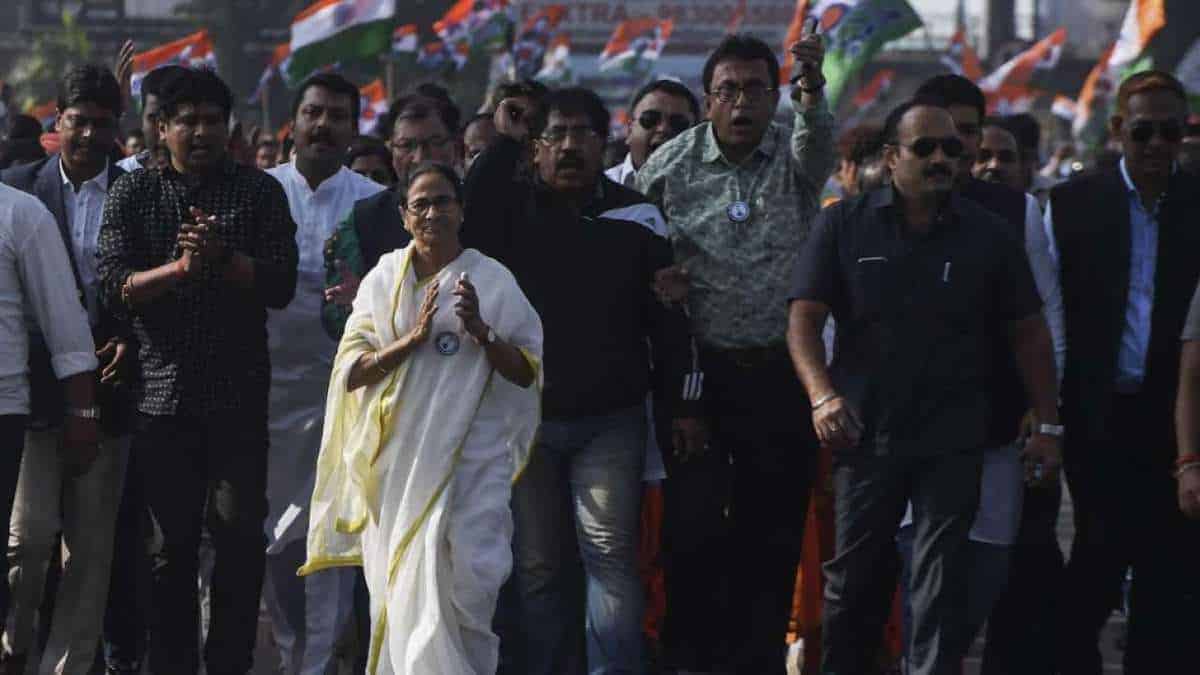Union home minister Amit Shah has always worn his majoritarian outlook as a badge of pride. As a Gujarat MLA from Sarkhej — an Ahmedabad constituency with a large Hindu and Muslim population divided by an unofficial “border” — Shah never baulked at being seen as primarily representing the Gujarati Hindu voter in the locality.
While researching for my book 2019: How Modi won India, I came across an article by a senior Gandhinagar-based journalist Rajiv Shah. The journalist claims that a few weeks after the 2002 riots, when he reminded Shah of tension in the Sarkhej area, the pugnacious politician shot back: “Why are you so worried, nothing will happen where you live, whatever violence that takes place will occur only in the ‘other side’ of the ‘border’!” Shah’s seeming political incorrectness was rewarded by the voter. He has never lost an election from his bastion.
Seventeen years later, Shah’s political graph has risen dramatically upwards, but he remains unswerving in his commitment to his core beliefs. During the debate in Parliament on the Citizen Amendment Bill, Shah was unbending when questioned about the inherently discriminatory nature of the proposed law. While making it clear that Indian Muslims had nothing to be afraid of, he repeatedly emphasised that there is a basic difference between a Muslim immigrant (ghuspaithiya) and a Hindu refugee (sharnarthi). This is part of a Hindutva-inspired Savarkarite worldview, which in cultural and civilisational terms sees India or Bharat as principally the homeland of the Hindus. Align the Citizen Amendment Act (CAA) to an all-India National Register for Citizens (NRC) (a combo package, as Bharatiya Janata Party’s Assam minister Himanta Biswa Sarma calls it), and the link between citizenship and identity politics becomes even clearer.
This might also explain the fear in the average Muslim mind that the new law will potentially disenfranchise them. Few of the protestors have read the fine print in the CAA, and an all-India NRC is still only in conceptual stage, but the political messaging has meant a creeping polarisation on the ground is inevitable. The CAA-NRC initiative, after all, comes on the back of the break-up of the country’s only Muslim-dominated state into two Union territories, a Supreme Court order granting the title of the disputed land in Ayodhya to the Ram Janmabhoomi Nyas, and a law that criminalises triple talaq.
The sense of fear among ordinary Muslims is matched by growing anger and hostility towards a seemingly partisan State apparatus, a pent-up fury that can be easily pushed over the edge. Then be it Jamia Millia Islamia (JMI) or Aligarh Muslim University, Seelampur or Howrah, the protests in several minority-dominated areas have only fed into a political propaganda machine that thrives on stoking the Hindu-Muslim divide for electoral gains. Prime Minister Narendra Modi may have been conspicuous by his absence during the Parliament debate on the CAA, but on the campaign trail in Jharkhand, he seems to be far more vocal. Take, for example, Modi’s controversial remarks during an election rally in Dumka: “People who are setting fire to property can be seen on TV. They can be identified by the clothes they are wearing.” Can there be a more glaring instance of dog-whistle politics at election time?
Two narratives, then, are running concurrently. The first views the Muslim as victim of a divisive political agenda where State power is being used to relentlessly single out a community. The brutal police attack inside the JMI campus in Delhi is another reminder of how the men in khaki can run amok in a tense Muslim-dominated neighbourhood. The second is to see the Muslim as a lumpen radical Islamist who is a law and order threat. Images of burning buses and damaged railway tracks are replayed to stereotype a community as a security risk. Both narratives ensure that the communal pot is kept boiling.
Lost in the vicious and polarised debate is the fact that the CAA-NRC plan is actually located in the fragile ethnic identity politics of the Northeast where illegal cross-border immigration has long been a sensitive political issue. That the sustained protests in Assam have received far less news coverage than the violence in Delhi is a reflection of the tyranny-of-distance syndrome where the Northeast loses out because it remains on the periphery of the national consciousness.
The truth is, the CAA-NRC combination constitutes a flagrant violation of the 1985 Assam Accord, which set 1971 as the cut-off year for “all” immigrants without distinguishing between Hindus and Muslims. It is only to reach out to a Bengali-speaking Hindu voter — both in Assam and neighbouring Bengal — that the BJP has chosen to embrace a path that could lead to a dangerous communication of a long-simmering ethnic conflict.
Assam and West Bengal have elections in April-May 2021. The fires in the rest of the country, in a sense, are only the fallout of a cynical political game that looks at Bengal 2021 as the next big battle to be won. Just as it was about winning an election in Sarkhej in Gujarat was all those years ago.
Post-script: West Bengal chief minister Mamata Banerjee is the one Opposition politician who has offered a strong counterpoint to the Modi government’s CAA-NRC gambit. By focusing on the NRC in her protests, and warning that it’s the poor Bengali who will have to struggle to get the citizenship documents, Banerjee has added a new narrative to the debate: Bengali sub-nationalism versus Hindutva nationalism, poor versus rich and not Hindu versus Muslim.

